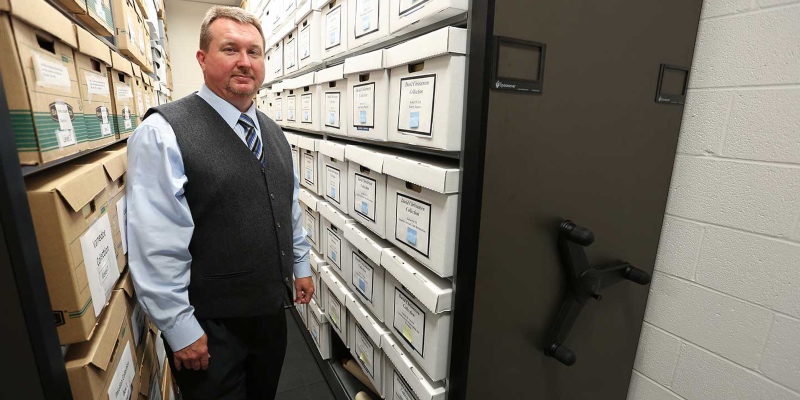
Southern Research, an organization with multiple locations around Birmingham, has developed technology that will give scientists a crucial look into the upcoming solar eclipse. The high definition imaging system developed by Southern Research will be deployed on a NASA aircraft and travel 10 miles above Earth, according the Alabama News Center.
The August 21 eclipse will be the first total solar eclipse viewable across the entire continental United States in 99 years. A total solar eclipse occurs when the moon passes between the earth’s orbit and the sun and completely blocks the sun’s rays from entering the earth’s atmosphere. The total eclipse will pass over 14 states from Oregon to South Carolina turning day into night. From the ground, the eclipse will last around three minutes. However, as Southern Research’s Airborne Imaging and Recording System (AIRS) soars over earth, it will be able to collect high resolution video and infrared data for eight minutes.
“The system provides a means of tracking events you might not be able to get elsewhere, with simultaneous mid-wave infrared and visible light data,” said John Wiseman, a senior project leader in Southern Research’s Engineering Division, “It’s configurable, and we have had a number of payloads in it, so it’s very versatile.”
Scientists are ecstatic to get a closer look at the normally hidden solar corona, as well as the first thermal images of Mercury, which is usually covered by the sun’s blinding light. Researchers hope to uncover the secrets that lie behind the million-degree-Celsius corona that causes electromagnetic storms here on earth. The AIRS-equipped aircraft will also be able to gather unprecedented information about Mercury’s surface composition and temperature.
Scientists aren’t the only ones jumping out of their seats to catch a glimpse of the rare total eclipse. All over the country, people are flocking to the nearest prime location to view the eclipse in its entirety. The eclipse will only be partially viewable over Alabama. For more information regarding its path and the best places to watch, click here.












